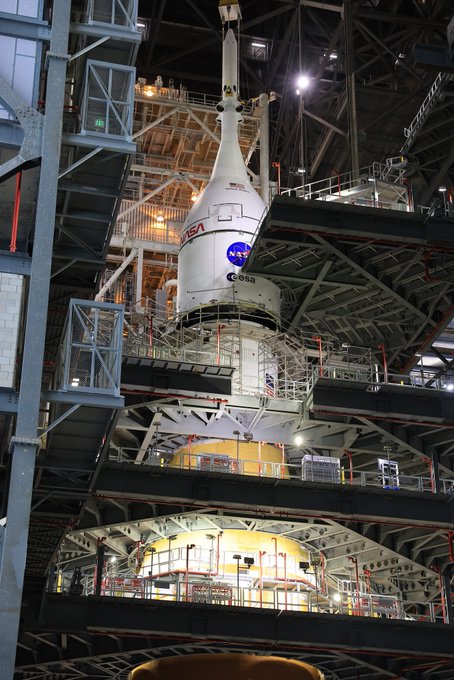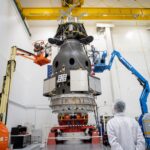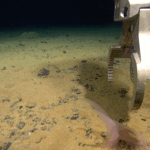Now Reading: Plato spacecraft assembly completed as ESA prepares for next phase of planet-hunting mission
-
01
Plato spacecraft assembly completed as ESA prepares for next phase of planet-hunting mission
Plato spacecraft assembly completed as ESA prepares for next phase of planet-hunting mission


Engineers at the European Space Agency have successfully finalized the assembly of the Plato spacecraft, a significant achievement in the ongoing mission to detect Earth-like planets orbiting Sun-like stars. This milestone allows Plato to move toward its final testing phase, now equipped with its sunshield and solar panels at ESA’s Test Centre in the Netherlands.
“This operation marks the completion of the Plato spacecraft,” announced Thomas Walloschek, Project Manager for Plato at ESA. He expressed pride in reaching this stage, emphasizing the successful collaboration among ESA, the Plato Mission Consortium, and the industrial team involved in the project.
The spacecraft incorporates a sunshield and solar panels that serve crucial functions. The solar arrays will harvest energy from sunlight, while the sunshield protects the sensitive cameras on board from the heat and brightness of the Sun, ensuring they maintain the cold temperatures necessary for accurate astronomical observations.
Ana Heras, the Project Scientist for Plato, shared her excitement about the project’s progress. “We’ve long imagined what Plato would look like through various images and models, but witnessing the completed spacecraft is a remarkable experience,” she said. With its design optimized for simultaneous monitoring of over 150,000 bright stars, this mission aims to uncover terrestrial planets in the habitable zones around stars similar to our own Sun.
The scientific instruments aboard Plato consist of 26 state-of-the-art cameras that are intended to detect the minuscule dips in starlight that occur when planets transit in front of their host stars. To ensure they operate effectively, these cameras need to be maintained at approximately -80°C. The sunshield supports this temperature regulation by allowing the cameras to cool naturally in the vacuum of space while facing away from the Sun.
Following the installation of the solar arrays, engineers conducted successful tests of their deployment on September 16 and 22, simulating weightlessness as the panels were unfurled smoothly. A high-intensity lamp was used to confirm their power output, verifying that they deployed flawlessly.
With the construction phase now complete, Plato will undergo a series of rigorous vibration, acoustic, and vacuum tests designed to mimic the intense forces of a rocket launch and the extreme conditions of space. Should these tests proceed successfully, Plato is set to launch aboard an Ariane 6 rocket in December 2026, embarking on its mission to explore new worlds in the habitable zones of Sun-like stars.
Stay Informed With the Latest & Most Important News
-
 012024 in Review: Highlights from NASA in Silicon Valley
012024 in Review: Highlights from NASA in Silicon Valley -
 02Panasonic Leica Summilux DG 15mm f/1.7 ASPH review
02Panasonic Leica Summilux DG 15mm f/1.7 ASPH review -
 03From Polymerization-Enabled Folding and Assembly to Chemical Evolution: Key Processes for Emergence of Functional Polymers in the Origin of Life
03From Polymerization-Enabled Folding and Assembly to Chemical Evolution: Key Processes for Emergence of Functional Polymers in the Origin of Life -
 04How New NASA, India Earth Satellite NISAR Will See Earth
04How New NASA, India Earth Satellite NISAR Will See Earth -
 05And Thus Begins A New Year For Life On Earth
05And Thus Begins A New Year For Life On Earth -
 06Astronomy Activation Ambassadors: A New Era
06Astronomy Activation Ambassadors: A New Era -
07SpaceX launch surge helps set new global launch record in 2024




















